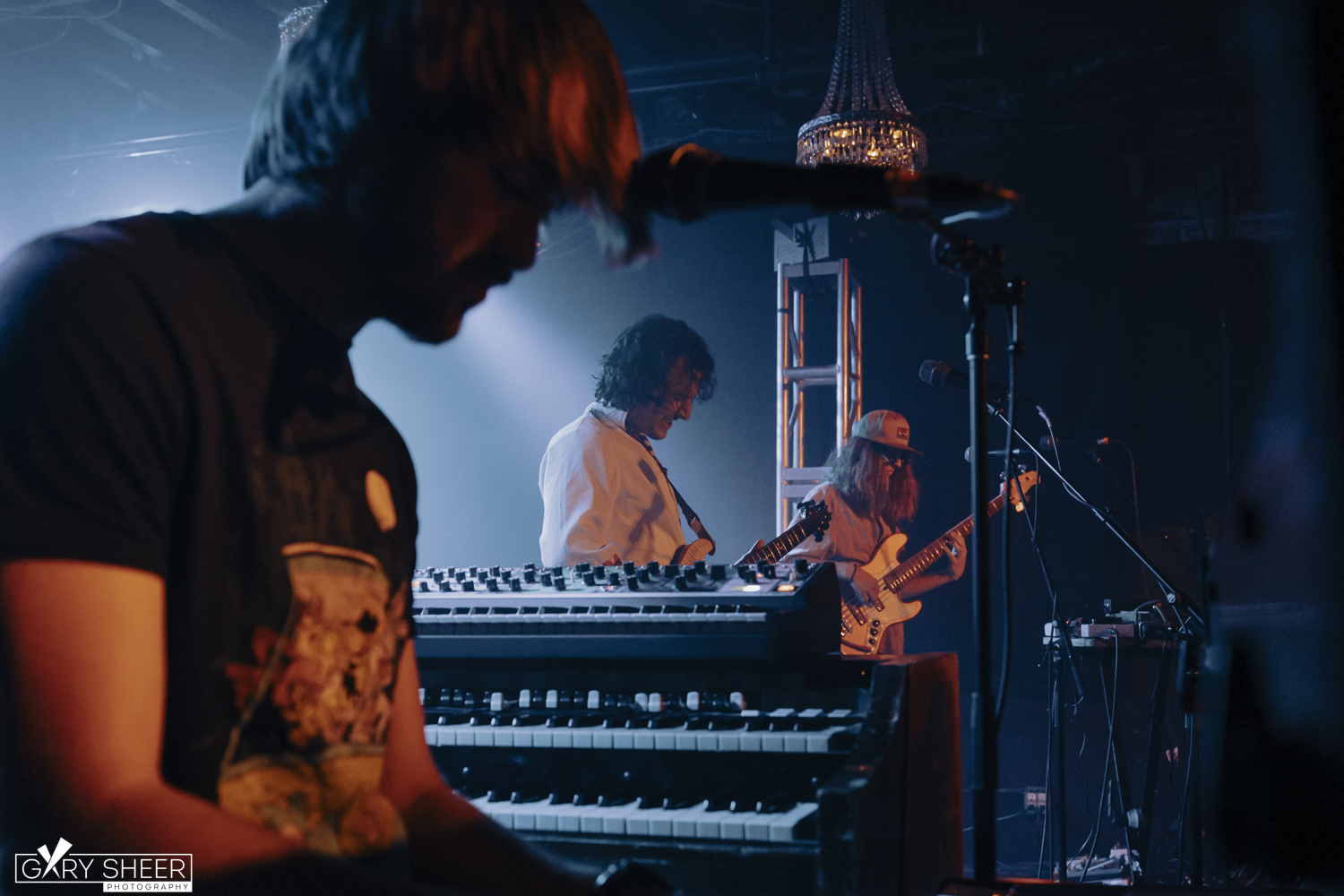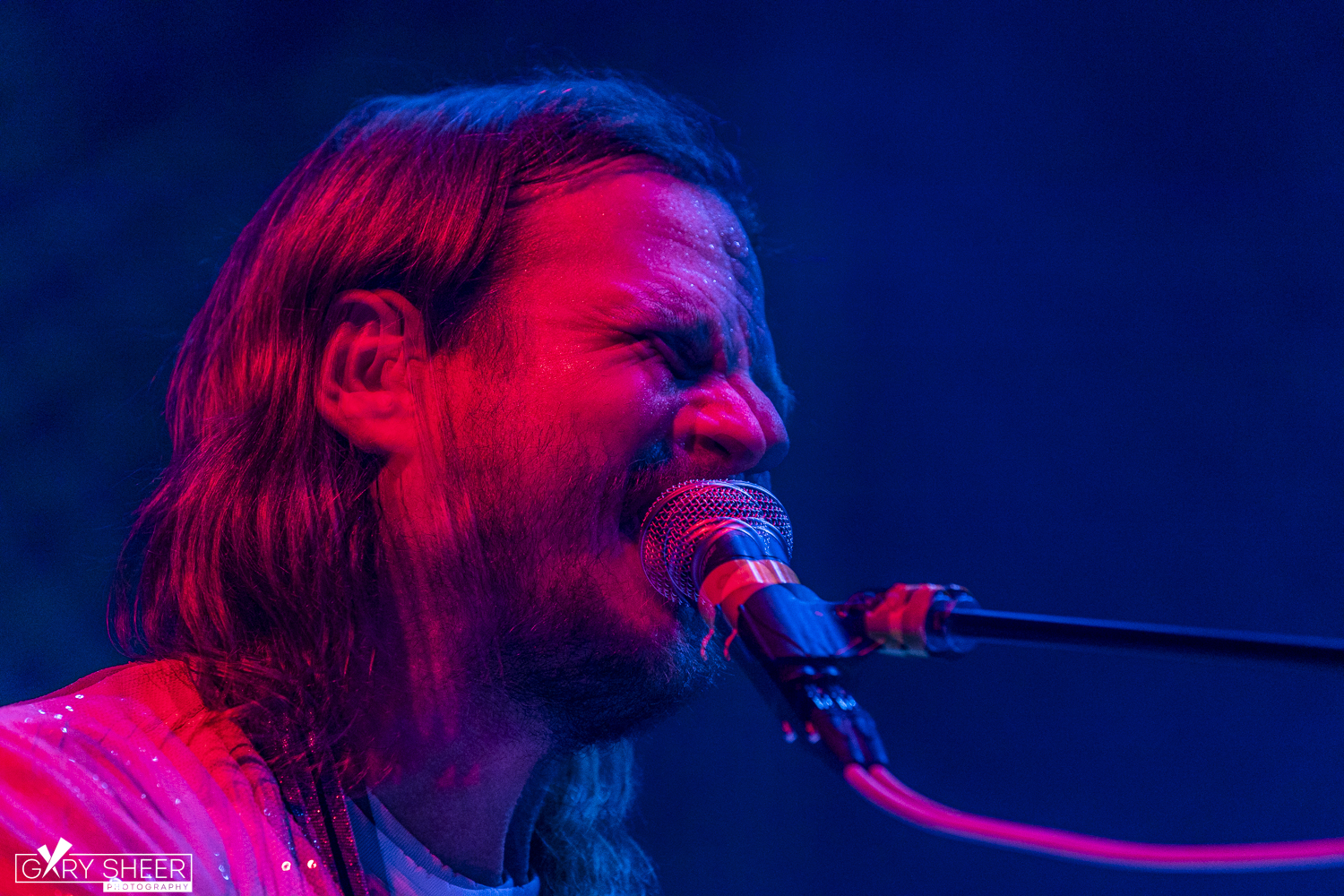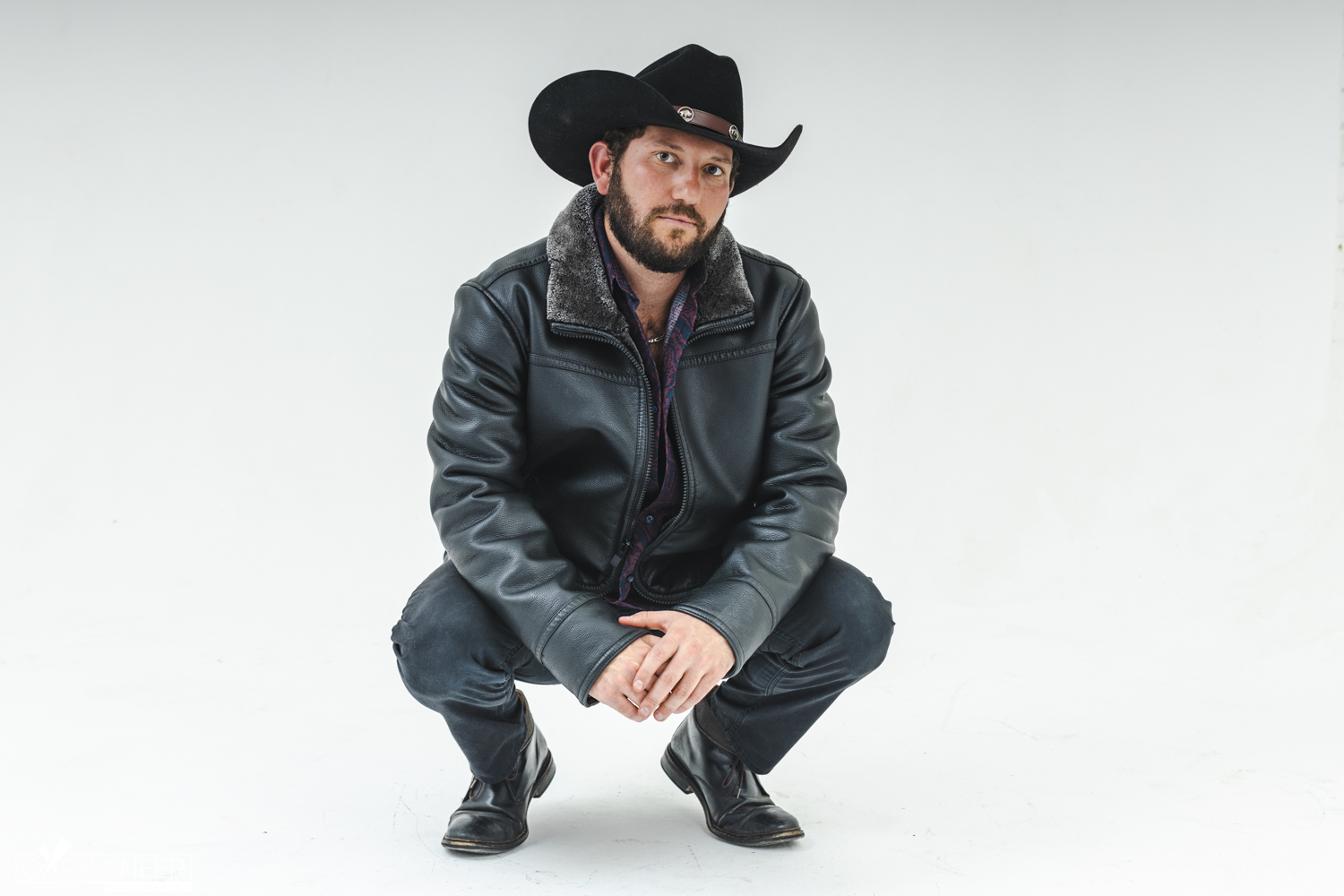If you were to ask most people what the difference is between shooting RAW versus JPEG files, they’d probably tell you that JPEG is easier for beginners. And, of course, that shooting RAW is the gold standard by which professional photographers are judged.
There’s actually a lot more to it than this, though, so let’s take a closer look!

What is RAW?
A RAW image file contains nominally processed data from an image sensor of a digital camera (it’s “raw,” in other words).
A RAW file can be edited in many ways, and it gives you much more control over the creative process than a JPEG. That’s because the camera hasn’t provided any of the processing for you. This gives you the ability to change the white balance, successfully use noise reduction, etc. Additionally, you can produce a final result that’s much sharper and has a greater level of detail if you start with a RAW file.
What is JPEG?
JPEG stands for “Joint Photographic Experts Group.”
Comparatively, a JPEG file has already gone through some in-camera processing. Therefore, your ability to change the white balance is significantly reduced. Whenever you apply an edit to the picture, it also changes the original file. Most importantly, the darkest and brightest areas of your picture will remain under or overexposed. There is very little that can be done to help this problem, primarily due to the fact that the details were not fully captured.
RAW vs. JPEG File Size
Most RAW image sizes come in at 20 to 40 MB.
Meanwhile, JPEG images are much more likely to be between 1 and 10 MB.
This means that shooting RAW will take up your memory card space more quickly, which is definitely a consideration you’ll need to make. For some photographers, it’s all about getting that one perfect shot, and they’ll wait all day for it. For others, there’s something to be said for getting many, many shots and simply choosing the best one. Depending on what side of the debate you fall on, you may already be shooting in the most appropriate file style.
Why Convert RAW to JPEG?
Your memory card is full of RAW files. Now, it’s time to do some editing!
After you’ve got a picture of how you want it, the next step in the process is usually to convert it to a JPEG. The top reason for this is that you can’t share a RAW image on social media.
Be aware that once you’ve made the conversion, there’s no way to take the image back into the RAW format for more editing. Instead, you’ll have to start from scratch with the original RAW photograph.
The best part of starting in RAW is that you’ll have the ability to touch up basically everything if need be.
Did you select the wrong white balance? That’s an easy fix.
Did you overexpose part of the photograph? No problem! You can correct this during processing. In fact, it’s possible in many cases to take a white sky and transform it into a beautiful blue.
This level of adjustment isn’t possible with a JPEG.
Should I Print RAW or JPEG?
The question of whether to print RAW or JPEG files has a fairly simple answer. If you’re planning to get your photos printed by a consumer or professional lab, you have to convert them to JPEG first. However, if you’re going to do your own printing and have the right type of software, you can print RAW files. For the most part, though, you’re going to need to convert your files to JPEG in order to get them printed. Considering that you’ll need to do the same thing to share your images online, it’s common for photographers who shoot in RAW to end up saving a JPEG copy.
Shooting RAW vs. JPEG
As long as you’re planning to edit your photographs, shooting in RAW is your best option. It will take more patience, so make sure you’ve got the time to dedicate to processing your files. On the other hand, if you’re just taking some snapshots, it may be easier to stick with JPEG. The good news is that this is something you can decide on a shoot-by-shoot basis.
RAW or JPEG: Professional Photography
When it comes to professional photography, you should always look for someone who will capture your photoshoot in RAW. Whether you want to grab the perfect business headshot or capture the magic of live music, RAW gives them a lot more to work with.
The absolute worst thing that can happen is that you get poor quality images after a shoot, which can mostly be avoided if the photographer sticks with RAW. Remember that RAW files take longer to work with, so give your photographer a little bit more time to provide you with truly stunning results. You’ll be glad you did!
Gary Sheer shoots RAW files, which means you’ll receive the best overall results.
Contact me to discuss your photography needs!





